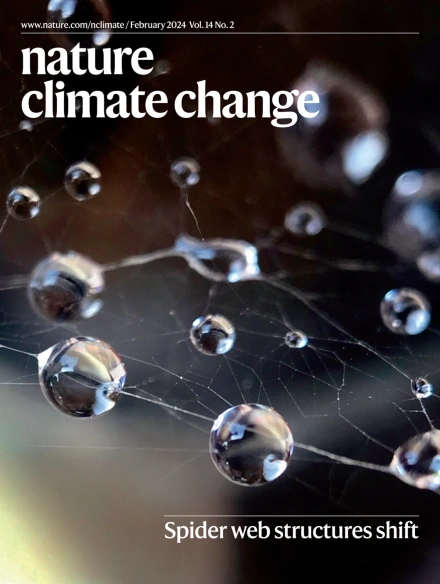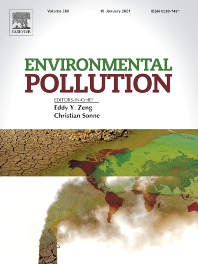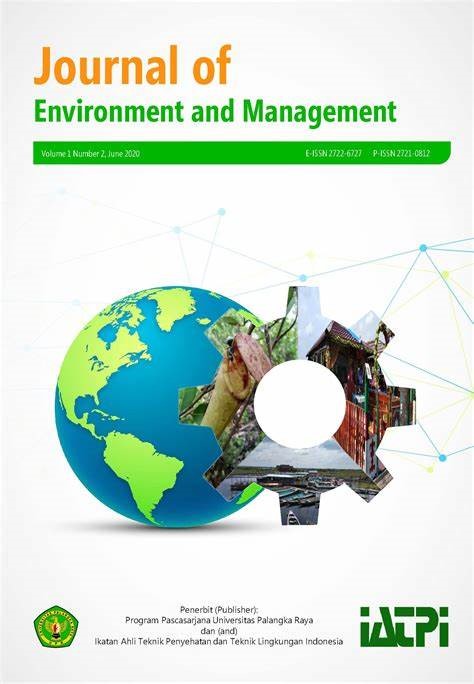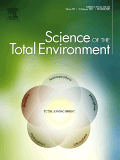Please find all scientific publications of IGB under > scientific publications
For more detailed information please refer to our > library catalogue
361 - 370 of 739 items

May 2024
International Association of Danube Research (IAD), Proceedings article of 44th IAD conference Krems, Austria, 2023 / 2024. - pp. 1-9
Bridging Knowledge and Engagement: The Role of Community Involvement in Protecting Aquatic Ecosystems in the Danube Basin
Gabriela Costea; Sabine Schmidt-Halewicz
May 2024
Nature Climate Change. - 14(2024), 436-447
Interactions between climate change and urbanization will shape the future of biodiversity
Mark C. Urban; Marina Alberti; Luc De Meester; Yuyu Zhou; Brian C. Verrelli; Marta Szulkin; Chloé Schmidt; Amy M. Savage; Patrick Roberts; L. Ruth Rivkin; Eric P. Palkovacs; Jason Munshi-South; Anna N. Malesis; Nyeema C. Harris; Kiyoko M. Gotanda; Colin J. Garroway; Sarah E. Diamond; Simone Des Roches; Anne Charmantier; Kristien I. Brans
The study shows how interactions between climate change and urbanisation affect biodiversity and ecosystem dynamics. The authors point out that the interactions between these two drivers of global change can have far-reaching effects, and how this knowledge can inform urban planning.
May 2024
Environmental Pollution. - 348(2024), Art. 123878
Evaluating microcystinase A-based approach on microcystins degradation during harvested cyanobacterial blooms
Siyu Yang; Jun Zuo; Hans-Peter Grossart; Guofei Dai; Jin Liu; Lirong Song; Nanqin Gan
May 2024
Journal of Cleaner Production. - 452(2024), Art. 142187
Innovative approaches for Microcystin removal: Bacterioplankton biodegradation and multi-soil-layering system performance assessment
Richard Mugani; Fatima El Khalloufi; Roseline Prisca Aba; El Mahdi Redouane; Mohammed Haida; Yasser Essadki; Soukaina El Amrani Zerrifi; Abdessamad Hejjaj; Naaila Ouazzani; Joana Azevedo; Alexandre Campos; Hans-Peter Grossart; Vitor Vasconcelos; Brahim Oudra; Laila Mandi
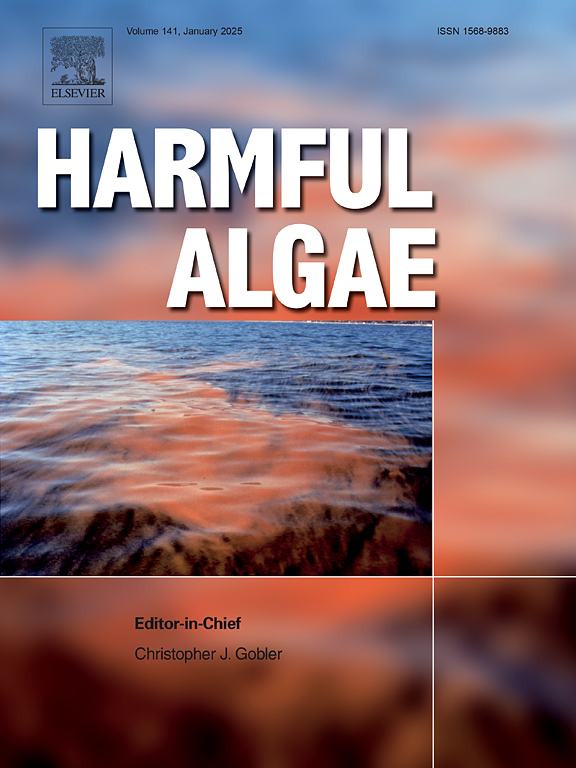
May 2024
Harmful Algae. - 135(2024), Art. 102631
Monitoring of toxic cyanobacterial blooms in Lalla Takerkoust reservoir by satellite imagery and microcystin transfer to surrounding farms
Richard Mugani; Fatima El Khalloufi; Minoru Kasada; El Mahdi Redouane; Mohammed Haida; Roseline Prisca Aba; Yasser Essadki; Soukaina El Amrani Zerrifi; Sven-Oliver Herter; Abdessamad Hejjaj; Faissal Aziz; Naaila Ouazzani; Joana Azevedo; Alexandre Campos; Anke Putschew; Hans-Peter Grossart; Laila Mandi; Vitor Vasconcelos; Brahim Oudra
May 2024
Journal of Environmental Management. - 358(2024), Art. 120899
Cross-scale and integrative prioritization of multi-functionality in large river floodplains
Martin Tschikof; Barbara Stammel; Gabriele Weigelhofer; Elisabeth Bondar-Kunze; Gabriela Costea; Martin Pusch; Zorica Srdević; Pavel Benka; David Bela Vizi; Tim Borgs; Thomas Hein

April 2024
Environmental Science & Technology. - 58(2024)17, S. 7237-7682
Fine-Scale Spatial Variability of Greenhouse Gas Emissions From a Subantarctic Peatland Bog
Brenda Riquelme del Río; Armando Sepulveda-Jauregui; Julio A. Salas-Rabaza; Roy Mackenzie; Frederic Thalasso
April 2024
Science of the Total Environment. - 929(2024), Art. 172659
Stream macroinvertebrate communities in restored and impacted catchments respond differently to climate, land-use, and runoff over a decade
Hanh H. Nguyen; Kristin Peters; Jens Kiesel; Ellen A.R. Welti; Svenja M. Gillmann; Armin W. Lorenz; Sonja C. Jähnig; Peter Haase

April 2024
PNAS Nexus. - 3(2024)4, Art. pgae123
Persistent microbial communities in hyperarid subsurface habitats of the Atacama Desert: Insights from intracellular DNA analysis
Lucas Horstmann; Daniel Lipus; Alexander Bartholomäus; Felix Arens; Alessandro Airod; Lars Ganzerte; Pedro Zamorano; Dirk Schulze-Makuch; Dirk Wagner
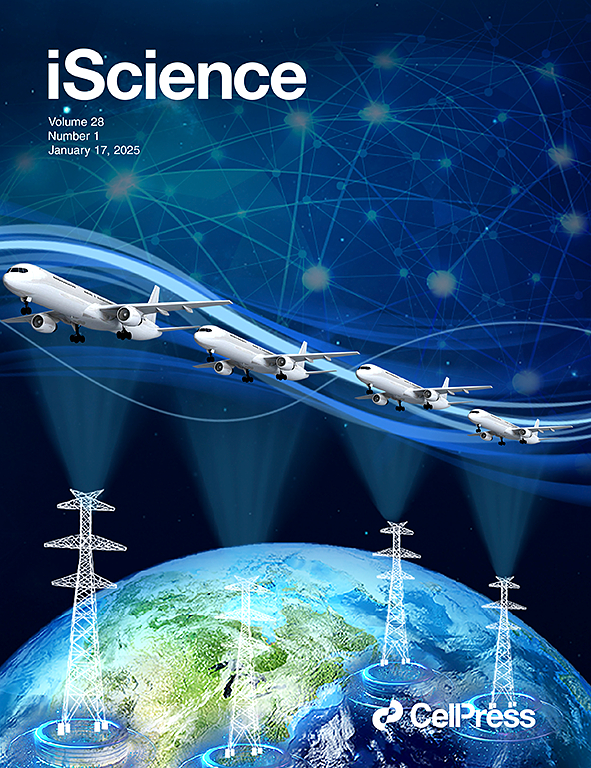
April 2024
iScience. - 27(2024)4, Art. 109520
Spatio-temporal variations of methane fluxes in sediments of a deep stratified temperate lake
Manchun Kang; Liu Liu; Hans-Peter Grossart


